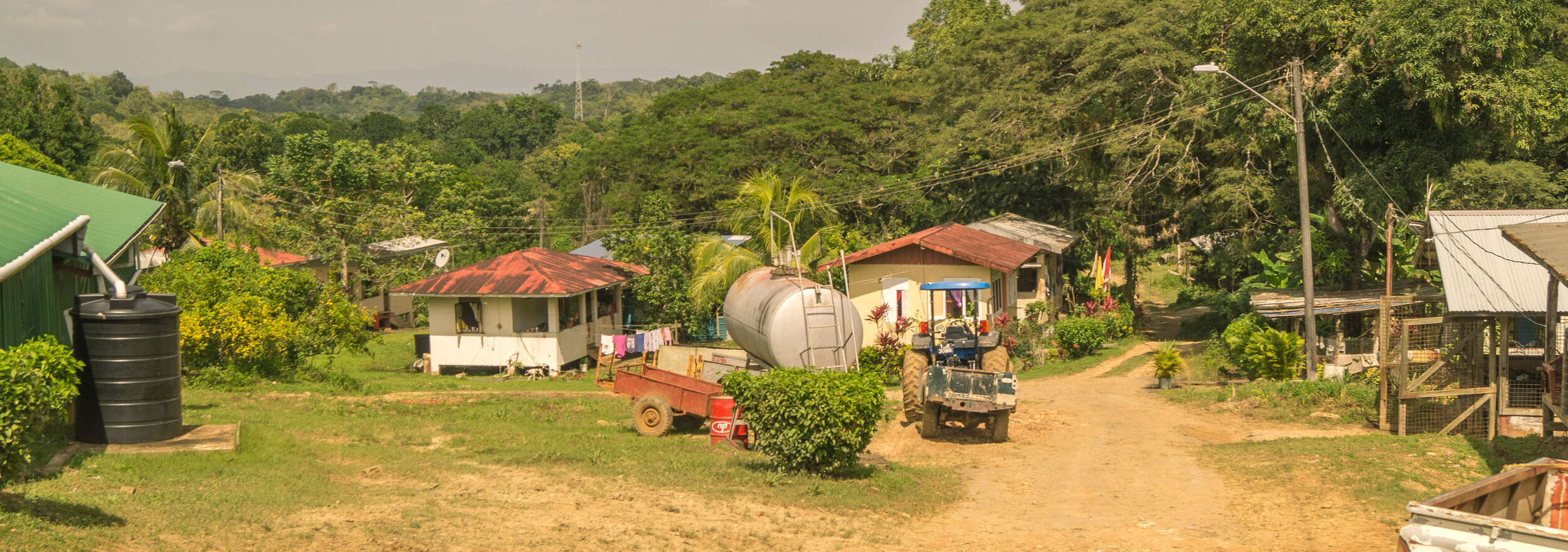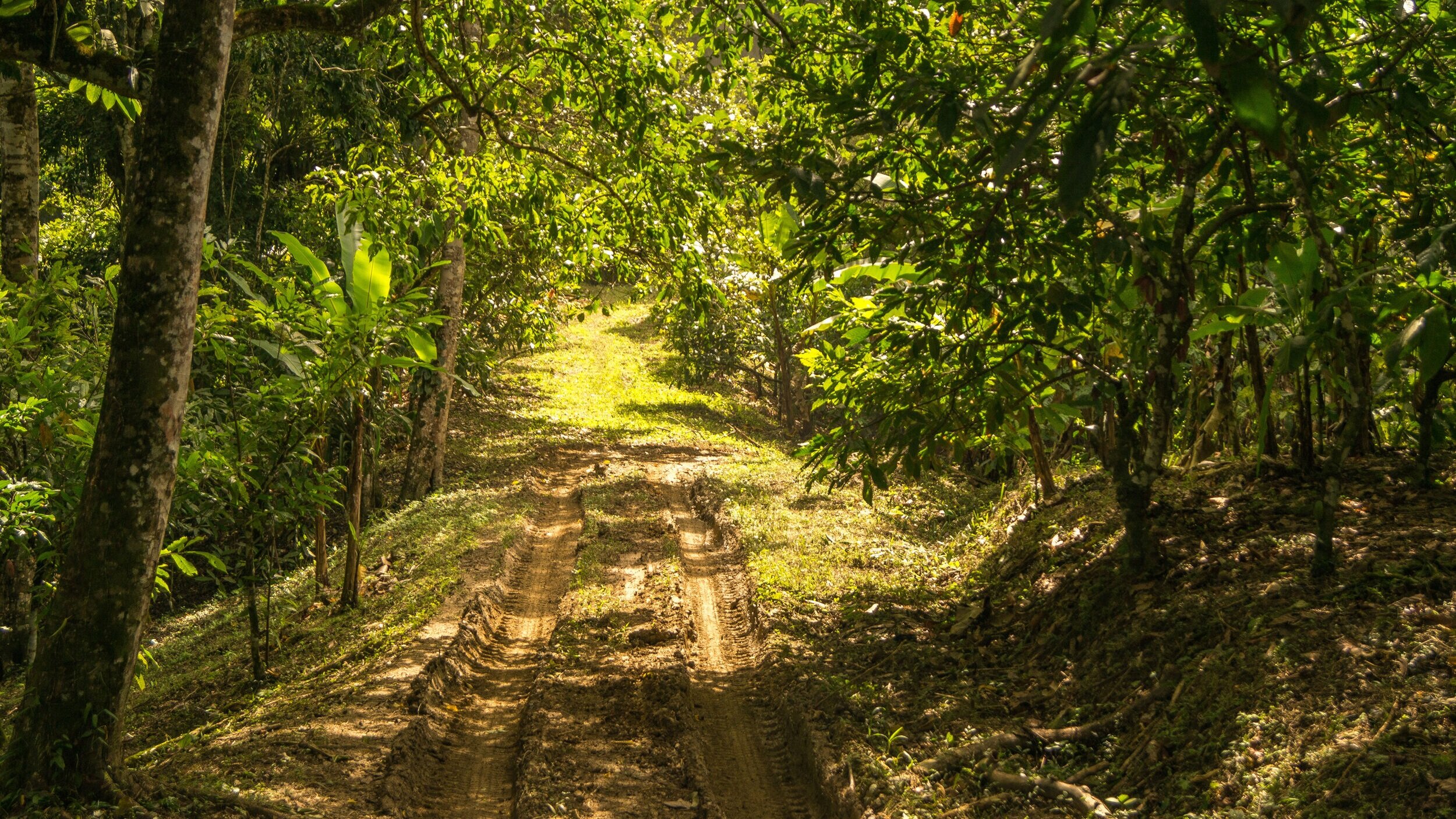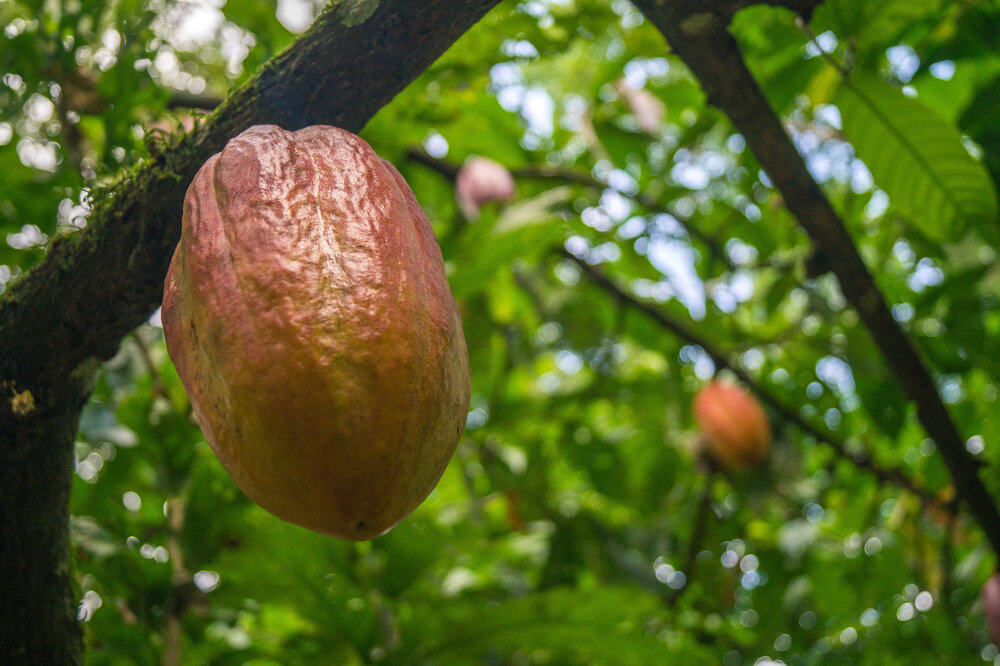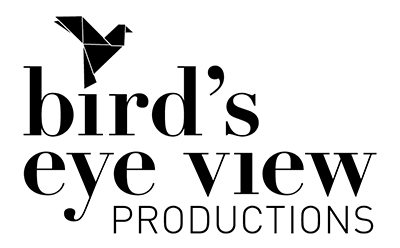
San Juan Estate – Modernizing Trinidad’s Cocoa Through Innovation and Excellence
By Jonathan Stone | For Cocoa Research Centre, The UWI
According to chocolate afficionados, certain cocoa estates are akin to sacred ground as their beans offer exceptional floral, fruity or woody tones seldom found together in other locales. In addition, their rich histories mean that sampling chocolates from such estates imbue tasters with a sense that they are participating in a piece of history themselves, becoming part of the story of such a place. San Juan estate in Gran Couva, Central Trinidad is one such estate.

The Agostini Family is one of the longest standing cocoa families on the Caribbean island of Trinidad. Originally French colonists who settled in the centre of the island, they came to hold several large estates. At the time of the young Francois Agostini, who first started managing San Juan Estate in the late nineteenth century, cocoa production was booming. New cocoa villages and large and small holding farms were being established all over the island as the price of beans for export was on an upward trajectory. Blessed with a sheltered location which protected the cocoa trees from strong winds and a microclimate most suitable for processing the beans, San Juan soon became a force to reckoned with within the industry. It was a time of bountiful harvest and opportunity in the cocoa sector.
Since those golden years of peak production, while many other estates in the region have long since closed, been broken up into smaller holdings, or diversified into other ventures, San Juan in cooperation with the Cocoa Research Centre (CRC) in St. Augustine has remained a steady producer of fine or flavour beans.
San Juan Estate is most famous for having produced the world’s first single estate chocolate bar in 1998, by the French fine chocolate maker Valrhona. The estate has also recently received international “Cocoa of Excellence” awards and its beans have been ranked among the best tasting internationally at blind tastings. Those with an interest in cacao is likely to be curious about this place, one of the oldest and largest of Trinidad’s cocoa producing estates, a place that has continued to export throughout the years, despite times of disease and war, economic and social upheaval and a general decline in the cocoa industry since the early nineteen twenties.

To best experience any estate, a visit on the ground is well worth the effort. “Turn right at the gas station,” the villagers will say as you come down a steep and winding road and through the village of Gran Couva. Well before one nears the estate and on either side of the road, old trees are scattered here and there, often overgrown with jungle vegetation, but still a clear indication that one is entering cocoa lands. At the fork in the road drive up to the right, before long passing some traditional wooden barrack houses. Continuing along the road for several minutes past quaint fields of juvenile cocoa trees, their slim branches already laden with the distinctive green, yellow and reddish fruit you eventually come to a large opening in the forest canopy in which the main estate buildings are housed.
Upon arriving at this main estate area, the sheer scale of everything is impressive. As far as the eye can see in all directions, a sea of green vegetation stretches away into the horizon. The gently undulating hill slopes dotted with the buildings, both modern and antiquated, associated with the production of the dried beans – drying houses and the fermenter, their roofs refurbished with new-wave galvanise, the old manager’s house and office buildings with their traditional charm, and further afield and down the valley, the humble dwelling places of some twenty odd worker families.

You may soon spot the young couple, the Dutchman, Quincy and his wife Kailash Winklaar, daughter of the businessman who bought the estate some sixteen years earlier. If not out in the fields, the enthusiastic pair can be seen experimenting with new fermenting methods or encouraging their workers as they tend to the beans.
“It is not easy to find reliable workers,” Mr. Winklaar may tell you, “but these here are among the most loyal and hardworking to be found in the industry. Many families have been working here on this estate for generations.”
Several years ago the estate was purchased by a wealthy and successful businessman, Mr. Persaud, and his family and after several years of declining production it is starting to be revitalized. Those in the know will tell you that no one else in Trinidad has invested as much into the cocoa industry as Mr Persaud and the current owners have. In the latter half of the twentieth century, Phillip Agostini, son of Francois saw production was declining on the estate. This was due to a number of factors. Many of the trees had reached the good old age of sixty to eighty years. Additionally erosion had been eating away at the fertility of the soil. Finding reliable workers and competition on the world markets were also cutting into their finances. He decided it was time to sell the land and concentrate on other business ventures.
Shortly afterwards, Mr Persaud, an iron and steel magnate originally bought the thousand acres of land. Initially he intended to invest in housing development on the land, but as he visited the location and walked the cocoa fields, he fell in love with the area – it reminding him of his boyhood growing up on a rural farm in Guyana. He decided to try to save the estate and bring it back to productivity. With the help of Mr. Solomon, an estate man with experience in the coconut sector, they started clearing out the old trees and planting new seedlings in earnest.

More than eighty years earlier the estate had also seen declines in productivity due to aging stock, lack of maintenance due to labour shortages and the deadly witches broom disease which saw huge swathes of cocoa land burnt and buried. At the time a botanist by the name of Ernest Entitle Cheesman while working with the Imperial College of Tropical Agriculture set up some experimental fields in San Juan Estate and his new and improved hybrid clones were inter-planted with the original trees. These provided the estate with more resistance and greater productivity and another fine or flavour bean of excellent taste.
Much like back then, the estate still has a close relationship with the local scientific community and the CRC, and regular exchanges have helped the fledgling directors to innovate and hone their knowledge about the crop and also their estate management skills. Since their first trials the young farmers have learnt to increase the spacing to a more generous ten to twelve feet and to remove the weaker plants from the fields, thus helping the remaining trees to flourish. A new propagation facility has also been established to ensure the quality of their clones and plans are in the making to introduce genetic testing methods with the help of local academics to maintain the genetic diversity and resilience of the cocoa.
Other challenges to be overcome include soil erosion, pests and diseases and climate change. Animals such as squirrels and parakeets steal the pods and in recent years there have even been invasions of foreign locusts which eat the young plants’ leaves. The estate uses natural garlic sprays to combat the locusts and keep the worst of the problem at bay. Natural Israeli fertilizers are also applied to the young plants to increase leaf growth, and then again once the trees have become productive to improve fruiting.

For Kailash and Quincy their journey has been a labour of love – learning about the traditional management practices and trying to rehabilitate the fields as best at possible. “Sometimes it is a struggle to find reliable people willing to work in the fields. Farming and agriculture in general still carry much of the stigma associated with slavery in Trinidad,” The Winmklaars will tell you. “We are working to drum up interest in the cocoa in the younger generations through the use of social media and regularly posts pictures of our team and their performance on the estate.”
If you speak to the workers themselves, they will talk of the community spirit and pride in working in one of the most revered industries in the country. Norris Henry or “Tobago” as he is more fondly known as, is considered by many to be the backbone of the estate. His gray hair marks his age but otherwise he carries the sprightly gait of someone half his age. He has a broad and infectious smile, “I have been farming cocoa since I was a young man aged twenty-two and now I’m over sixty. I’ve experienced many of the changes and challenges that have come over the years, but cocoa is in my blood and I don’t plan to stop.”



The estate is in a constant state of innovation and striving for excellence. Although some of the hybrid varieties that they planted are not as productive as they had hoped, they are optimistic that production will rise from the three to four containers currently produced to the six to seven container mark in the next year or two, which will allow them to break even. They have also recently started investing in a chocolate laboratory of their own and hope to produce their own commercial bars before long. Additionally there are plans to expand into chocolate tasting and eco-tourism, with the old manager’s house carded to be renovated and converted into a small guest house for visitors. The old estate house has also been redesigned and modernized to accommodate the young couple.
This juxtaposition of old and new perfectly mirrors the spirit of the estate itself. The drive and enthusiasm of youth exist side by side with the loyalty, prestige and history associated with the lineage of San Juan Estate. One can’t help thinking that it this marriage between old and new, the constant innovation and the commitment and passion of the people involved that have kept the estate going and attest to its resilience.
References:
Interview with directors Kailash and Quincy Winklaar, Directors of San Juan Estate (26 / 10 / 2018)
Interview with Mr. Norris Henry “Tobago”, Chief Cocoa Farmer, San Juan Estate (26 / 10 / 2018)
Interview with Ms. Gracelyn Cyrus, Long Serving Cocoa Farmer, San Juan Estate (8 / 11 / 2018)
“The History of Cocoa in Gran Couva and Surrounding Areas” by Derek de Verteuil
“A Walk Back in Time – Snapshots of the History of Trinidad and Tobago – Trinidad Cocoa” by Angelo Bissessarsingh
“Gran Couva – Cocoa Haven, Chocolate Heaven” in Caribbean Beat, March 2018 ps.6-7
